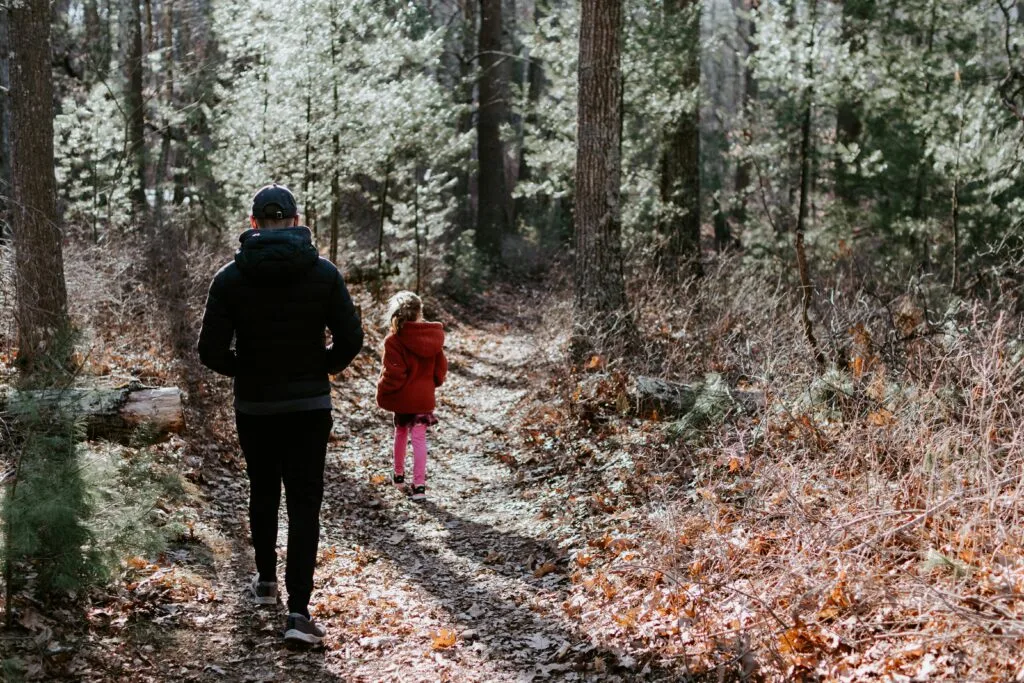Remember when childhood came with a set of keys and a “be home by dinner” rule? The 1960s were a different time, when parents believed fresh air and independence were the best medicines for growing minds. Back then, trust wasn’t just given to adults—it was handed down to kids along with real responsibilities that would make modern helicopter parents break out in a cold sweat.
1. Walk Miles to School Through All Kinds of Neighborhoods
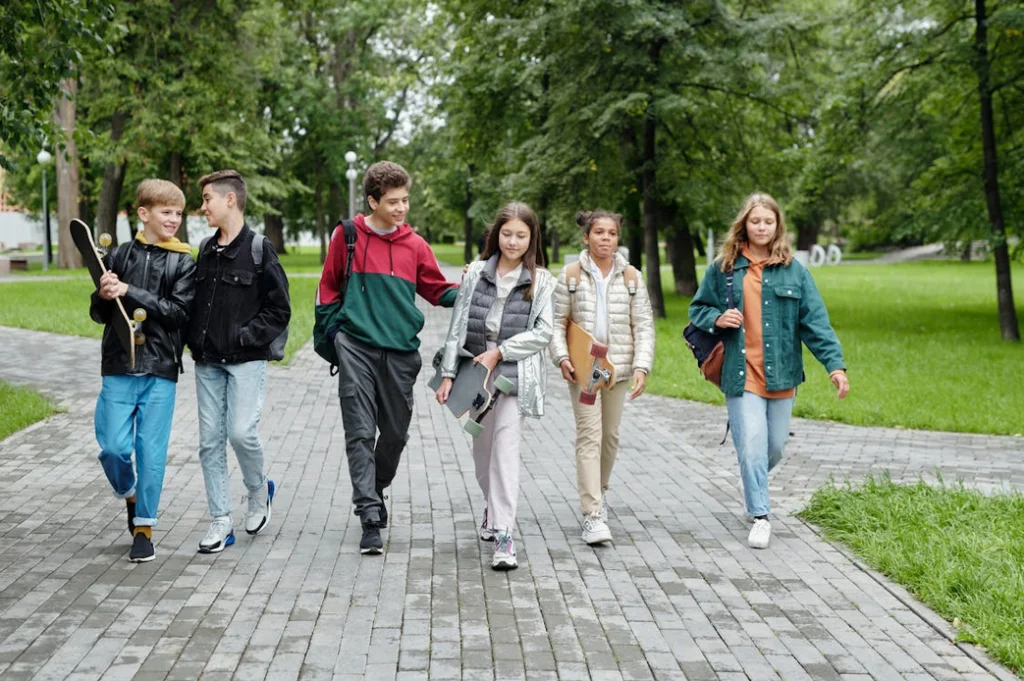
Rain or shine, snow or sleet, kids in the ’60s were expected to hoof it to school on their own two feet. It didn’t matter if you lived three miles away or if the route took you through the “rough” part of town—you bundled up, grabbed your lunch money, and started walking. Parents figured that daily trek built character, and honestly, they weren’t wrong about kids being tougher back then. Better Health Channel notes that walking is extremely beneficial for all ages.
The idea of driving little Susie six blocks to school would’ve been laughable to most families. Gas cost money, and besides, every kid worth their salt knew the shortcuts, the houses with the mean dogs, and which store owners would let you warm up on particularly brutal winter mornings. That daily journey taught navigation skills that no GPS could replicate and created friendships forged in the shared experience of dodging bullies and puddles.
2. Spend Entire Summer Days Unsupervised in the Woods
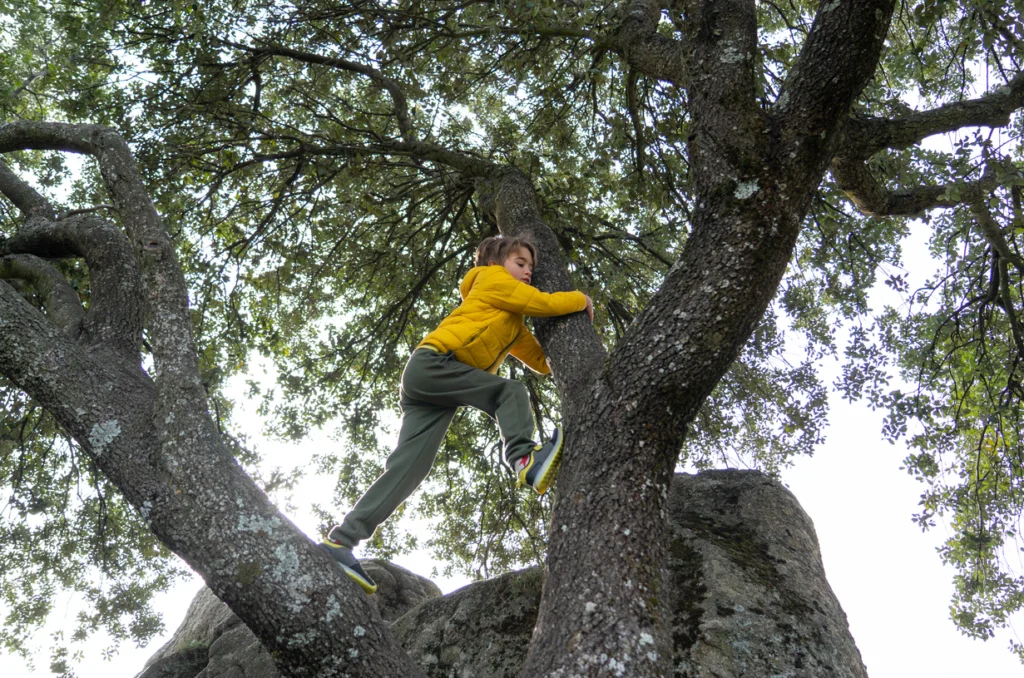
“Go find something to do outside” wasn’t just a suggestion in the ’60s—it was a summer mandate that launched a thousand adventures. Kids would disappear into nearby woods after breakfast with nothing but a peanut butter sandwich and a promise to return before the streetlights came on. Parents trusted that nature itself would keep their children entertained and, more importantly, out of trouble. Early Learning Ventures outlines the importance of outdoor playtime, especially for children.
These woodland expeditions weren’t casual strolls either; kids built elaborate forts, caught crawdads in murky streams, and learned which berries wouldn’t send you to the emergency room. The concept of “stranger danger” existed, but it was balanced with a belief that children needed unstructured time to explore, make mistakes, and develop their own problem-solving skills. Every scraped knee and bee sting was considered tuition in the school of life.
3. Ride Bikes Across Town Without Helmets or Adult Supervision
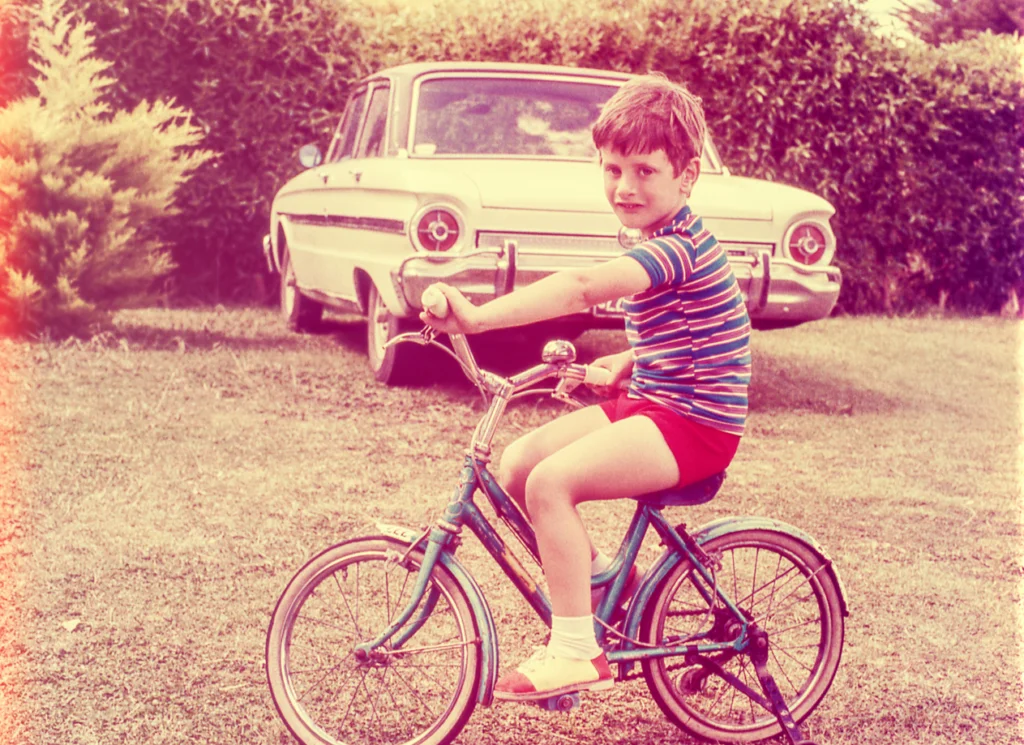
Your trusty Schwinn wasn’t just transportation in the ’60s—it was your ticket to absolute freedom. Kids would pedal for miles to visit friends, explore new neighborhoods, or just see how far they could go before getting tired. The only safety equipment was common sense, and somehow most of us managed to keep our heads attached to our shoulders. Bike riding is very healthy, and Spokester outlines a handful of ways this activity is very important for kids.
Bike gangs of neighborhood kids would roam suburban streets like tiny motorcyclists, racing to the corner store or the local swimming hole. Parents didn’t worry about traffic accidents or kidnappers; they worried about whether you’d remembered to bring enough change for a Coca-Cola. The worst thing that usually happened was a flat tire or a chain that came off, and every kid learned basic bike maintenance out of pure necessity.
4. Take Care of Younger Siblings for Hours at a Time
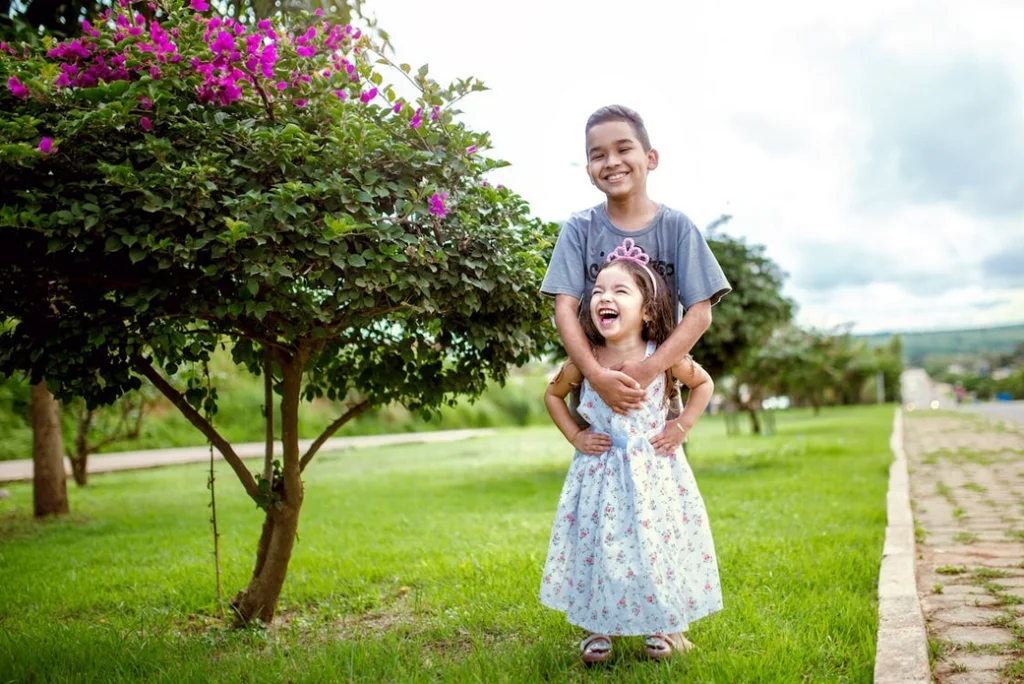
Being the oldest meant you weren’t just the big brother or sister—you were the designated babysitter whenever Mom needed to run errands or Dad was working late. Ten-year-olds were regularly left in charge of toddlers and grade-schoolers, armed with nothing but a list of emergency phone numbers and strict instructions about bedtime. It was considered excellent training for future parenthood and responsibility.
These pint-sized babysitters learned to settle disputes, fix simple meals, and handle minor emergencies with a maturity that seems almost impossible by today’s standards. They’d change diapers, kiss scraped knees, and maintain order in the household hierarchy with the authority that came from being temporarily “in charge.” Looking back, it’s amazing how capable kids could be when real responsibility was placed on their small shoulders.
5. Shop for Groceries with a Handwritten List and Family Money
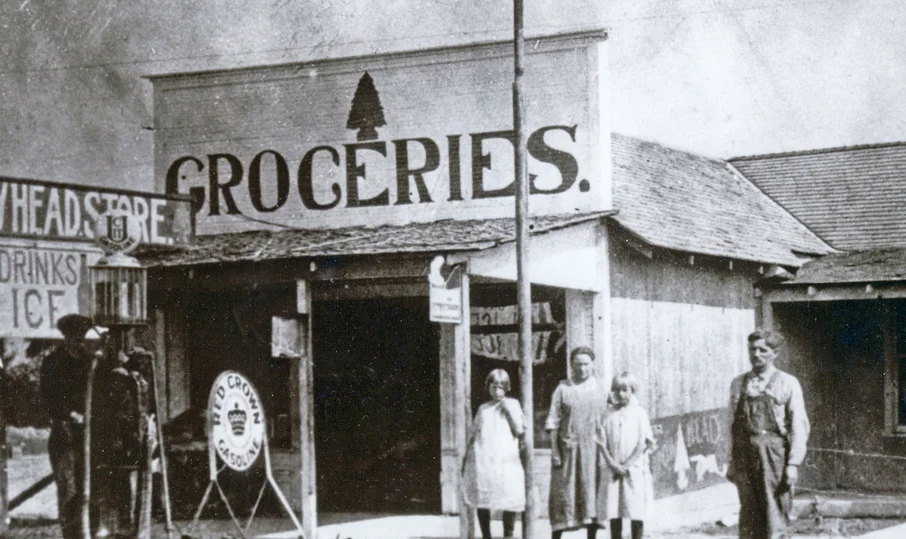
Long before credit cards and shopping apps, kids were trusted messengers between home and the local grocery store. Armed with a crumpled piece of paper and a few dollar bills, they’d navigate the aisles with the focus of seasoned shoppers. Store clerks knew most of the neighborhood kids by name and would help them reach items on high shelves or make change for their mothers’ grocery money.
These shopping expeditions taught basic math, money management, and social skills all in one trip. Kids learned to read labels, compare prices, and make decisions about substitutions when their preferred brand wasn’t available. The local grocer often extended credit to families they knew well, and children were trusted to relay messages about accounts and special requests with the reliability of tiny accountants.
6. Operate Power Tools and Help with Serious Home Improvement Projects
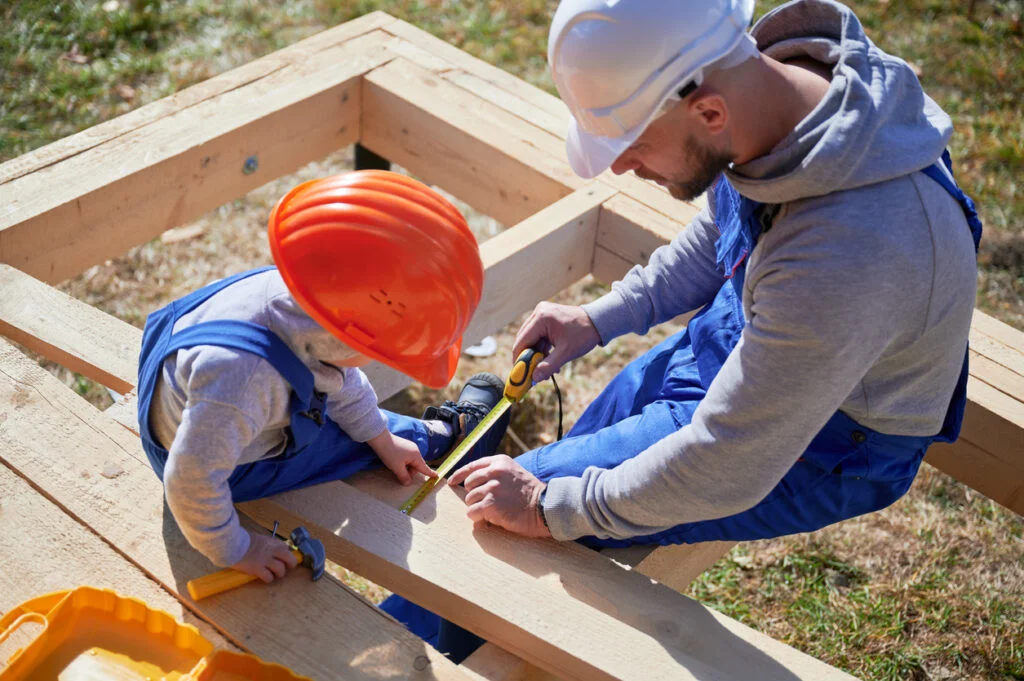
Dads in the ’60s believed that the best way to learn was by doing, even if “doing” involved potentially dangerous power tools. Eight-year-olds were handed hammers and told to help build the new deck, while ten-year-olds learned to operate circular saws under careful supervision that gradually became less careful as competence grew. The garage was a classroom where the curriculum included everything from basic carpentry to small engine repair.
These hands-on lessons created a generation of kids who could fix almost anything with a screwdriver and some elbow grease. Safety glasses and work gloves were suggestions rather than requirements, and most children developed a healthy respect for dangerous tools through experience rather than lengthy safety lectures. The pride of completing a real project alongside Dad was worth more than any participation trophy, and the skills learned lasted a lifetime.
7. Handle Real Money and Make Important Family Purchases
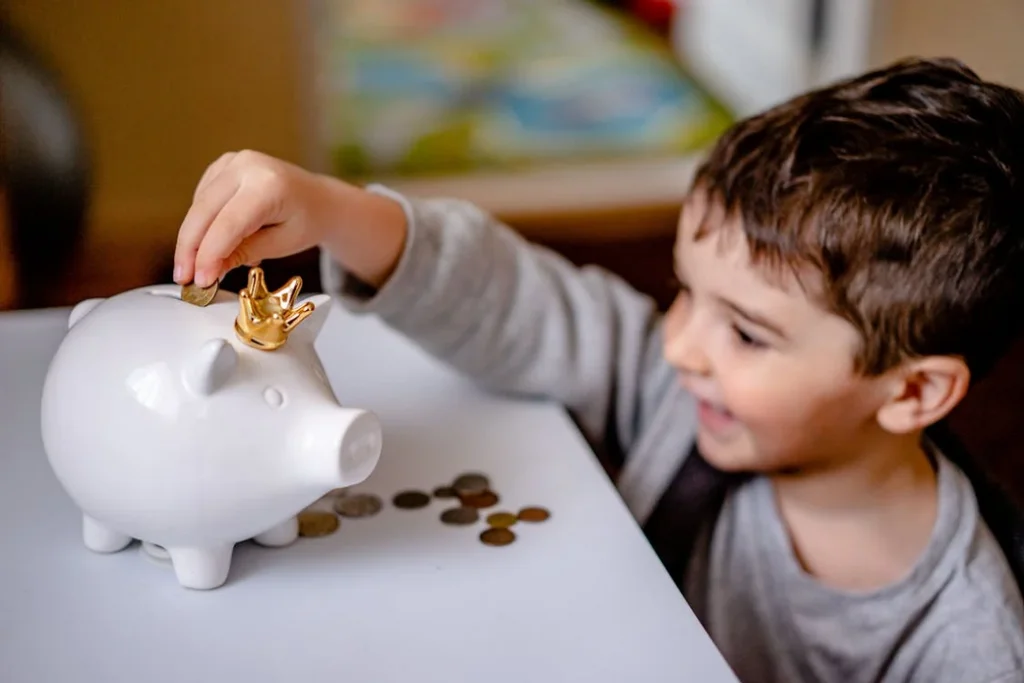
When Mom sent you to pay the electric bill, she wasn’t just running an errand—she was conducting a masterclass in financial responsibility. Kids regularly carried significant amounts of cash to settle family accounts, buy groceries, or pick up prescriptions from the pharmacy. Store owners and service providers trusted these young customers to handle transactions honestly and accurately.
This early exposure to money management taught children the value of a dollar in ways that allowances and piggy banks never could. They learned to count change, understand receipts, and navigate the social aspects of business transactions. Being trusted with the family’s money was a rite of passage that made kids feel genuinely important and capable, rather than just playing at being grown-up.
8. Travel on Public Transportation to Visit Relatives in Other Cities
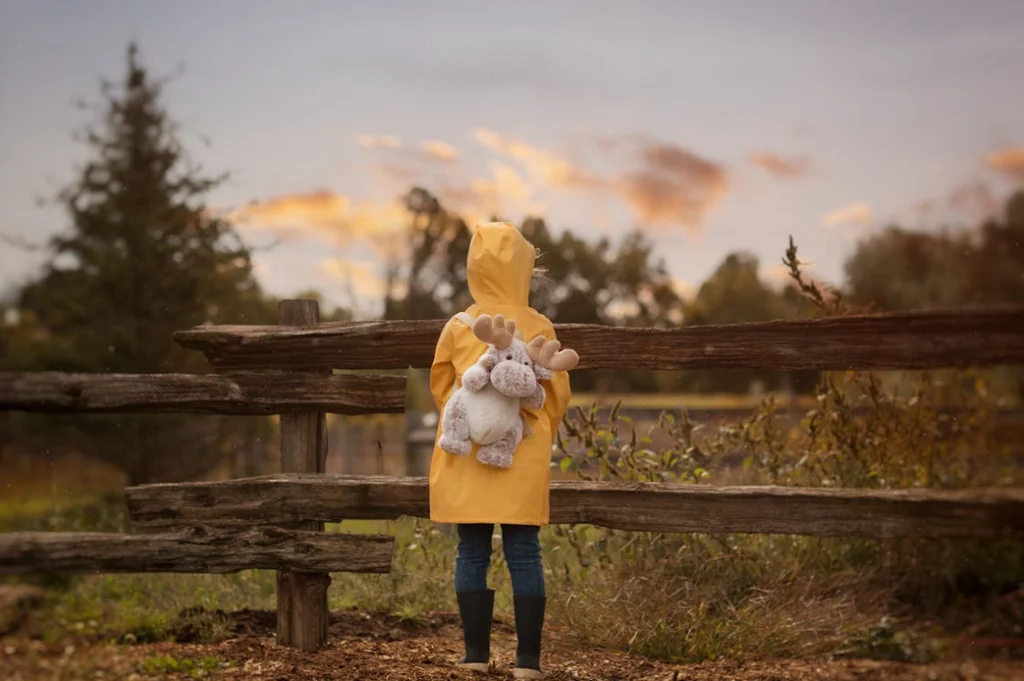
Greyhound buses and passenger trains regularly carried unaccompanied minors who were visiting grandparents or cousins in distant cities. Parents would pin identification tags to their children’s clothes, pack a lunch, and trust that the kindness of strangers would ensure safe passage. Bus drivers and train conductors took their unofficial roles as temporary guardians seriously, keeping an eye on young passengers throughout the journey.
These solo journeys were major adventures that taught independence, navigation skills, and social confidence. Kids learned to read schedules, manage their belongings, and strike up conversations with fellow travelers who often shared stories and snacks during long trips. The excitement of traveling alone was mixed with just enough nervousness to make the experience genuinely meaningful and memorable.
9. Answer the Phone and Handle Adult Conversations
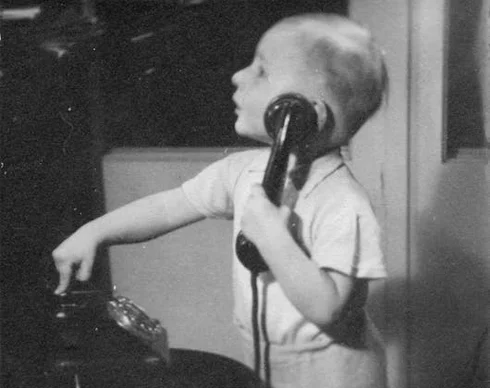
Before caller ID and answering machines, every phone call was a mystery that kids were expected to solve. Children as young as six or seven would pick up the heavy rotary phone and professionally announce their family name, ready to take messages or have lengthy conversations with adults. They learned proper phone etiquette, how to write down important information, and when to fetch a parent for serious discussions.
This responsibility taught kids to communicate clearly with adults and handle potentially important family business. They became skilled at determining which calls required immediate parental attention and which could wait until Mom finished hanging laundry. The telephone was a connection to the outside world, and children were trusted to manage that connection with maturity that seems remarkable by contemporary standards.
10. Stay Home Alone During Evening Hours While Parents Went Out
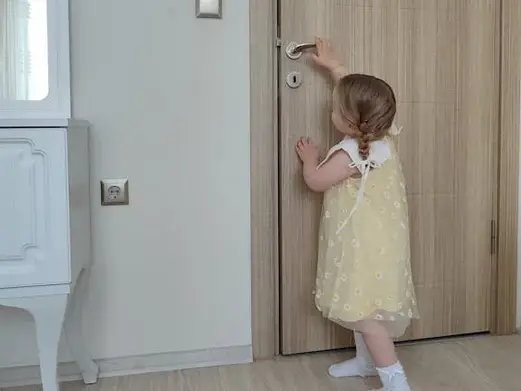
When Mom and Dad wanted a night out, they didn’t always call a babysitter—especially if the oldest child was deemed responsible enough to hold down the fort. Kids as young as ten would be left in charge of the household for entire evenings, armed with emergency phone numbers and strict instructions about not opening the door for strangers. The house became their temporary kingdom, complete with all the responsibilities that came with being in charge.
These evenings alone taught self-reliance and decision-making skills that no amount of supervised activity could provide. Children learned to handle minor emergencies, settle sibling disputes, and manage their own bedtimes without constant adult oversight. The trust placed in them by their parents created a sense of pride and capability that shaped their confidence for years to come.
11. Build and Maintain Elaborate Neighborhood Play Structures
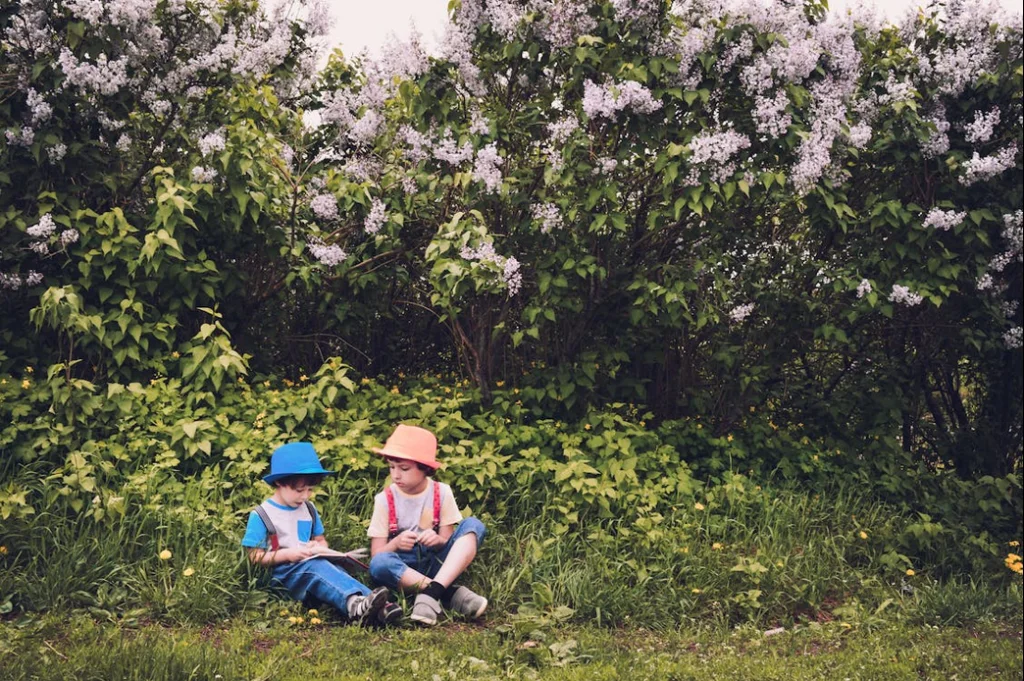
Before playground safety regulations and liability concerns, kids were the chief architects of their own entertainment infrastructure. They’d construct elaborate tree houses, dig underground forts, and build ramps for daredevil bike stunts without any adult engineering oversight. These projects involved real tools, questionable structural integrity, and absolutely no safety inspections beyond “does it look sturdy enough?”
The resulting play structures were monuments to childhood creativity and risk tolerance that would horrify modern safety inspectors. Kids learned basic engineering principles through trial and error, with gravity serving as a harsh but effective teacher. Every collapsed fort or broken rope swing was analyzed and improved upon, creating better builders and more resilient children who understood that failure was just part of the learning process.
12. Organize and Execute Complex Social Plans Without Parental Involvement
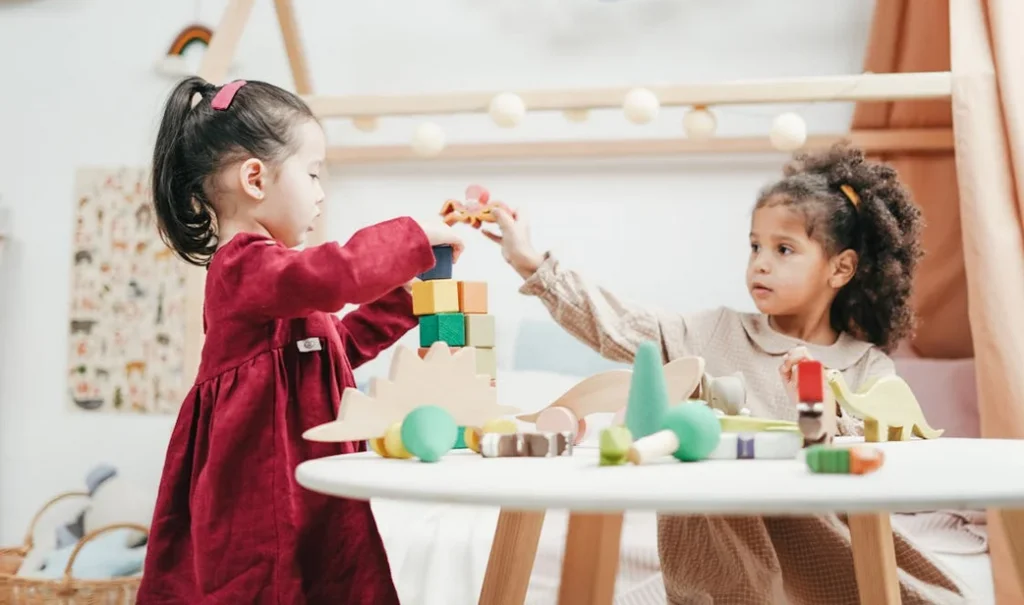
Planning a neighborhood baseball game or organizing a group expedition to the local swimming hole required logistical skills that would impress corporate event planners. Kids coordinated schedules, managed equipment, settled disputes about rules, and handled the complex social dynamics of group activities without any adult mediation. They learned negotiation, leadership, and conflict resolution through direct experience rather than structured activities.
These self-organized gatherings created lasting friendships and taught children how to work together toward common goals. When disagreements arose—and they always did—kids had to find solutions themselves or risk having their carefully planned activities fall apart. The social skills developed during these unsupervised interactions became the foundation for adult relationships and professional success in ways that organized sports and supervised playdates could never replicate.
The world has certainly changed since those summer days when kids disappeared until dinnertime and parents trusted that everything would work out fine. While modern safety concerns aren’t entirely unfounded, there’s something to be said for the confidence and self-reliance that came from being trusted with real responsibilities at a young age. Maybe we can’t turn back the clock, but we can remember that children are often more capable than we give them credit for—they just need the chance to prove it.

